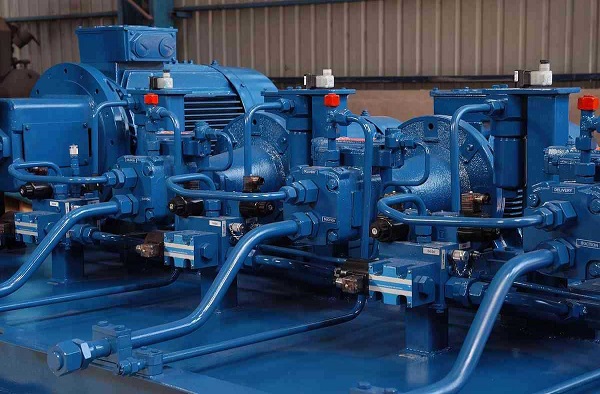5 Easy Ways to Increase
Life of Hydraulic Tube
Fittings
Increasing the life of hydraulic tube fittings is essential for maintaining the efficiency and reliability of hydraulic systems. Here are five ways that hyloc recommends all to help prolong the lifespan of hydraulic tube fittings

- Proper Installation: Ensure that hydraulic tube fittings are installed correctly. Improper installation can lead to leakage, excessive stress, and premature failure. Follow the manufacturer’s guidelines and use appropriate tools and techniques for assembly. Tighten fittings to the recommended torque to avoid over-tightening or under-tightening, which can cause leaks or damage.
- Regular Inspections: Conduct regular inspections of hydraulic tube fittings to identify any signs of wear, corrosion, or damage. Look for leaks, loose fittings, or cracks. Inspect the fittings for proper alignment and make sure they are securely tightened. Early detection of issues allows for timely repairs or replacements, preventing further damage and downtime.
- Proper Maintenance: Implement a comprehensive maintenance routine for your hydraulic system, which includes regular cleaning, lubrication, and filter replacement. Keep the system clean and free from contaminants that can accelerate wear and cause damage to fittings. Follow the manufacturer’s recommendations for lubrication to ensure smooth operation and reduce friction.
- Use Quality Materials: Choose high-quality hydraulic tube fittings made from durable materials that are suitable for the specific application. Fittings should be resistant to corrosion, wear, and high-pressure environments. Consider factors such as temperature, pressure, and fluid compatibility when selecting fittings. Investing in quality fittings upfront can save you from frequent replacements and downtime in the long run.
- Train and Educate Operators: Provide proper training to operators and maintenance personnel on the correct handling, maintenance, and troubleshooting of hydraulic systems. Educate them about the importance of careful handling, avoiding excessive pressure or impacts, and following the recommended procedures for inspection and maintenance. Well-trained operators are more likely to identify potential issues early and take appropriate actions to prevent further damage.
By implementing these 5 easy practices, you can increase the lifespan of hydraulic tube fittings, reduce the risk of failures, and ensure the overall efficiency and reliability of your hydraulic system.
